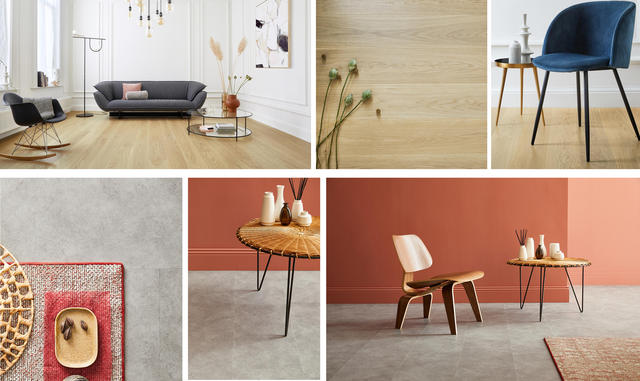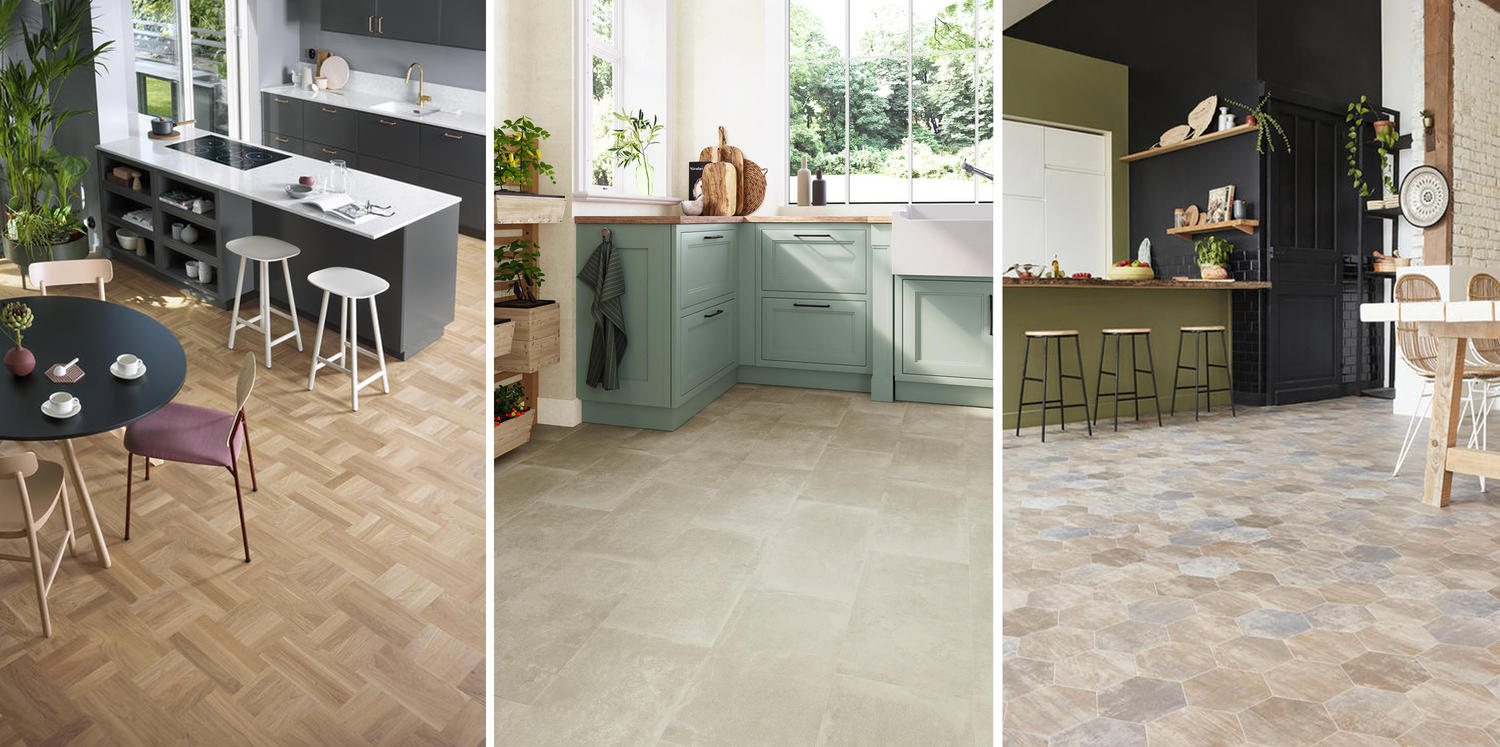
What is the best flooring for each room in your home?
After doing a little research about the benefits and drawbacks of different flooring options, you might now be wondering what the best flooring for each room in your home is.
In short, the best flooring for any room is the one that best fits your needs, budget, and personal style preference. To work out your needs and budget, you’ll need to consider a few factors, such as the function of the room, who will use the space, the expected amount of foot traffic, how you want the room to look and feel, and how much you can afford to spend. And to help you identify your personal design style preference, our editorial pages contain a selection of design articles full of ideas and inspiration.
Below is a list of some of the important considerations for each room in your home. Once you’ve considered each of these factors, it should be a lot easier to determine what the best flooring option for each room in your home is
What is the best flooring for the kitchen?
The kitchen is considered a semi-moist area where steam, splashes, and spills from cooking and washing up are commonplace. They can also be central hubs within a home, where family and friends gather to eat and chat. Because of this, they often attract a lot of traffic and experience their fair share of wear and tear. Therefore, the best flooring for kitchens is durable flooring that can handle moisture well, is stain and scratch-resistant, and easy to clean and maintain. Porcelain or ceramic tile, vinyl and engineered wood are all suitable flooring materials .

What is the best flooring for the bathroom?
Bathrooms are classed as wet rooms due to the prevalence of water. Steam from showers, splashes during bath time, and damp towels hanging on doors and towel racks are to be expected. The best flooring for bathrooms is, therefore, flooring that can withstand humidity, is slip-resistant, and comfortable underfoot. This generally eliminates hardwood, engineered wood, and laminate as viable flooring options in the bathroom. However, ceramic and porcelain tile, and LVT and vinyl roll are all suitable options .

What is the best flooring for the living room?
When choosing flooring for any room in your home, you’ll want to consider the style of the house. However, this becomes even more important in the living room, which is often one of the largest and most central rooms in the home. They’re also often one of the busiest rooms, where family and friends gather to relax or socialise.
With this in mind, the best flooring for the living room is a floor that sets the stage for your chosen design style; a floor that allows you to achieve your desired

What is the best flooring for the bedroom?
The bedroom is like a private sanctuary where you’ll want to feel comfortable and relaxed and where you'll want to express your style. Whether you want to create a cosy and warm space or a bright and airy one, the flooring you choose helps you create the perfect environment.
So, in addition to flooring that is warm, soft and comfortable to bare feet, the best flooring for the bedroom is a floor that’s attractive and complementary to your personal design style preference. Carpet, hardwood flooring, engineered wood flooring, vinyl flooring, laminate flooring, bamboo flooring, and even cork flooring are all possible options.

What is the best flooring for children’s bedrooms?
Whether you have small, accident-prone children who spend a lot of time playing on the floor, or older, potentially messy, teenage children, some unique considerations arise when choosing the best floor for children’s bedroom. Flooring that’s consistent in style with the rest of your home needs to be balanced with practical considerations to create a comfortable and safe environment for your child.
The best flooring for children's bedrooms, therefore, needs to be soft and comfortable underfoot, durable and stain-resistant, easy to clean, and preferably soundproof! And since children are not children forever, the best flooring for your children’s bedroom should be flooring that can transition nicely to a regular bedroom or guest bedroom once the children grow up.
Vinyl flooring ticks many boxes when it comes to flooring that stands up well to daily life with children. All of our vinyl rolls and luxury vinyl tile (LVT) products are 100% phthalate-free.

What is the best flooring for the home office?
If you work from home, the home office is the room where you spend most of the working day. You'll, therefore, want to create a workspace that is both practical and inviting. A space that provides a productive working environment and where you’ll feel comfortable, motivated, and inspired. You may also want to think about creating a space that feels distinct from the rest of the home so that it doesn't feel like you're working from your bedroom.
If you frequently welcome clients to your home office, you'll also need to think about the durability of the floor and how easy it is to clean and maintain. And if you regularly take phone calls and you're quite busy with clients, you'll want a quiet floor that absorbs noise rather than transfers it throughout the other rooms in your home. The best floor for your home office is therefore practical, comfortable and durable.
At Tarkett, vinyl floors (rolls and tiles) are a durable and low maintenance option for home offices, with cushioned backing on some collections that make them sound-absorbent and quiet underfoot.
Also, our beautifully crafted wood flooring is available in both contemporary and traditional wood designs and in a wide range of colour choices, finishes and unique features, which will bring style and elegance to your home office.

What is the best flooring for entrances?
The entrance to your home needs to be both practical and stylish. As the first thing people see, it sets the scene for the style and design of the rest of the home. And, as the first point of entry into the home, it endures a lot of foot traffic and attracts dirt and debris from the street outside. You’ll therefore need a floor that is both attractive and practical. It should be durable enough to handle heavy foot traffic and also easy to maintain and clean.
You should also consider a floor that is easy to repair. Additional wear and tear from heavy foot traffic may increase the chances of damage and choosing a floor that is easy to repair will save you having to rip out and re-do the whole floor if simple repairs aren’t possible.
Many flooring options meet these criteria and are suitable for entrances, including wood, vinyl, laminate, stone and tile.
